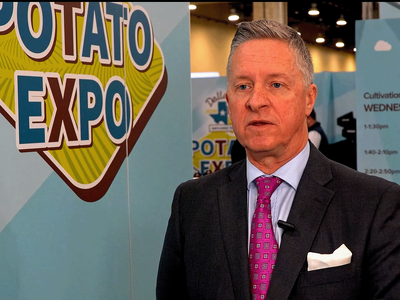Electrification of American Vehicles
Members of the House Agriculture Committee are gathering information as it investigates the "Implications of Electric Vehicle Investments for Agriculture and Rural America”
The full Ag committee heard from witnesses from auto and ethanol industries and utilities about the future of electrified transportation.
Lincoln Wood, Electrification Policy Manager at Southern Company in Atlanta, GA was among the witnesses. Wood explained what steps electric utility companies are taking to prepare for additional demand on the grid, particularly to outdated infrastructure in rural areas.
Wood: “In particular at Georiga Power, we have a $13.billion investment plan, looking at the grid holistically to figure out how we can increase its reliability because electric vehicles are not the only reason to make investments in the grid. Whether it be severe weather or cyber concerns, renewables, or energy efficiency, utilities are constantly looking at the electric grid to upgrade and make it more resilient for all these reasons. A couple of specifics we’re working on might be automated line devices, so we can isolate the source of an outage and make it a smaller impact on the grid itself. It could be maintenance at a substation or rebuilding the entire substation to increase reliability.”
Matthew Laughridge with the Terry Reid Auto Group in Cartersville, GA testified on behalf of the National Automobile Dealers Association (NADA) saying the largest barrier to entry for consumers is education. He says auto dealers can be a big help in educating buyers on what type of commercial or personal electric vehicle would fit their work or personal needs.
A representative of the renewable fuels association said electric vehicles pose a challenge for rural and agriculture operations because of the costs and time required for recharging.
However Lincoln Wood with Southern Company testified he drove an electric vehicle from Atlanta to DC stopping to recharge 4 times, each for just 30 minutes at no cost.

















